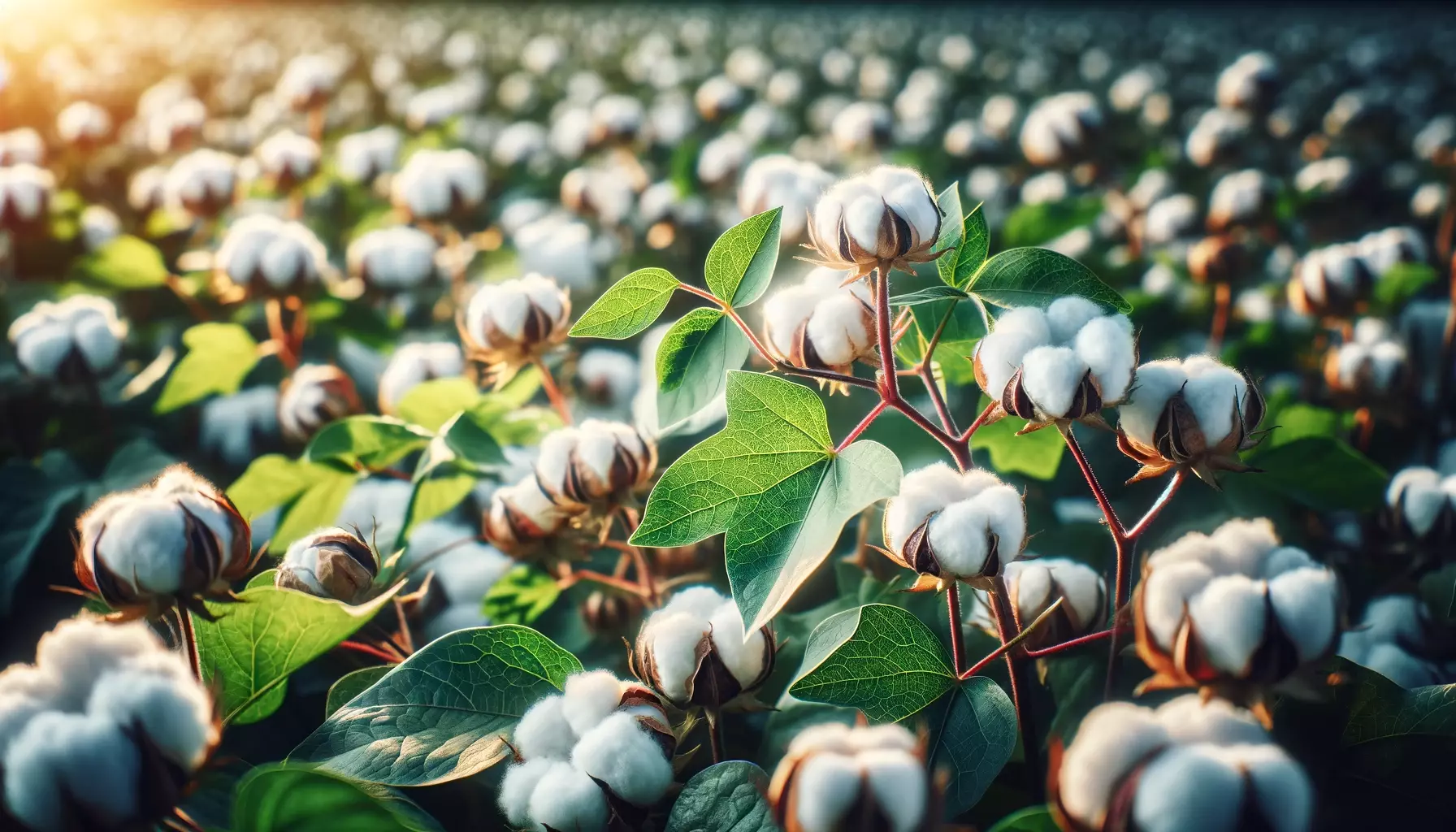Introduction: The Rising Demand for Sustainable Cotton
The fashion industry, notorious for its substantial environmental impact, is increasingly focusing on sustainable practices. In Izmir, Turkey, SOKTAS, a cotton manufacturer, is leading this change by implementing regenerative farming methods to grow cotton.
The Benefits of Regenerative Farming in Cotton Production
SOKTAS has transformed its farming practices over the past four years, using nature-based methods to rejuvenate the soil and enhance carbon absorption. This approach has significantly improved the soil’s health, leading to increased carbon storage and healthier cotton crops.
Collaboration with Fashion Brands for Environmental Change
The shift to regenerative agriculture was inspired by a partnership with the Stella McCartney label in 2018. SOKTAS now boasts 90 hectares of regenerative land, demonstrating the potential for sustainable practices in the textile industry.
The Fashion Industry’s Environmental Strategy
With the goal of decarbonizing by 2050, set by the U.N.’s Fashion Industry Charter for Climate Action, the fashion industry is actively seeking ways to mitigate its environmental footprint. Regenerative agriculture, particularly in cotton and wool production, is gaining traction as a key strategy in this endeavor.

A Study in Turkey: The Impact of Regenerative Cotton
A project by the international conservation group WWF in Turkey revealed that regenerative cotton farming could store up to 15 times more carbon in the soil than traditional methods. This approach not only aids in carbon sequestration but also enhances soil quality and resilience.
The Circular Economy and Sustainable Cotton
The Confederation of British Industry reports growing demand for sustainably produced cotton. Initiatives like Better Cotton, Fairtrade, and Organic cotton are gaining popularity, but regenerative cotton is emerging as a new focus. Jules Lennon from the Ellen MacArthur Foundation emphasizes the need for a circular economy, prioritizing recycling and reuse to reduce dependence on virgin materials.
EU Legislation and the Fashion Industry
The European Commission aims to implement regulations by 2028 to ensure sustainable production in the fashion industry. This includes setting standards for product durability and recyclability and mandating textile waste collection by fashion companies.
The Role of Policy in Supporting Regenerative Farming
While regenerative farming is still an emerging practice, existing and proposed policies like the EU’s Soil Health Law could facilitate its adoption. However, industry-wide legislation on regenerative practices is yet to be developed.
The Importance of a Just Transition
Experts emphasize the need for brands to support farmers in transitioning to regenerative methods. This includes acknowledging the value farmers add in combating climate change and ensuring equitable practices. Zeynep Kayhan of SOKTAS acknowledges the challenges and costs involved in this transition but highlights the long-term benefits.
Mitigating Climate Change Impact on Cotton
As climate change increasingly affects cotton farming, regenerative practices that improve soil health are becoming crucial. These methods enhance water retention and nutrient preservation, helping crops withstand extreme weather conditions.
Conclusion: The Potential of Regenerative Farming in Fashion
The movement towards regenerative agriculture in cotton production signifies a major shift in the fashion industry. As more farmers adopt these practices, the potential for a positive impact on the climate and the environment grows, paving the way for a more sustainable future in fashion.
